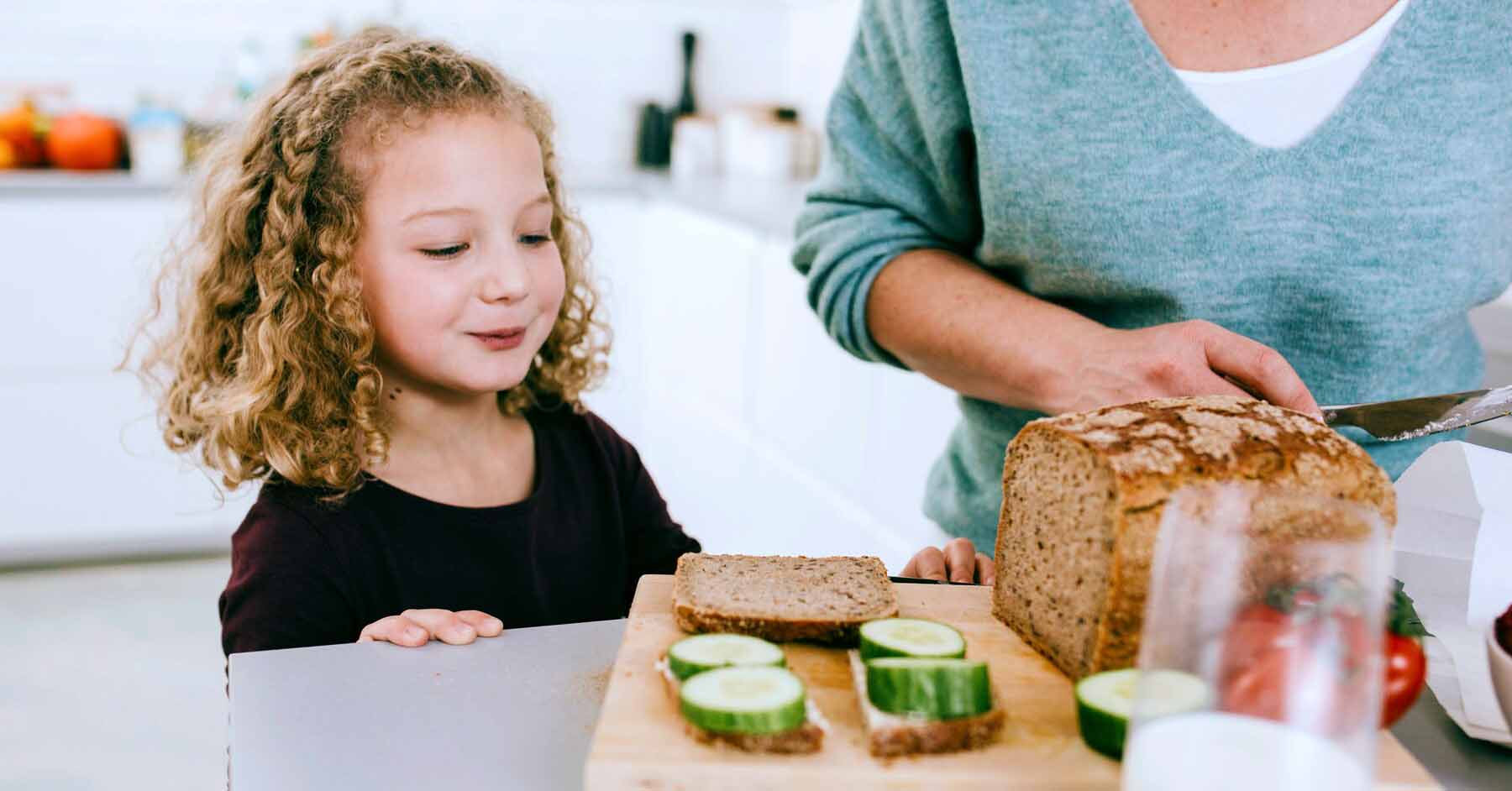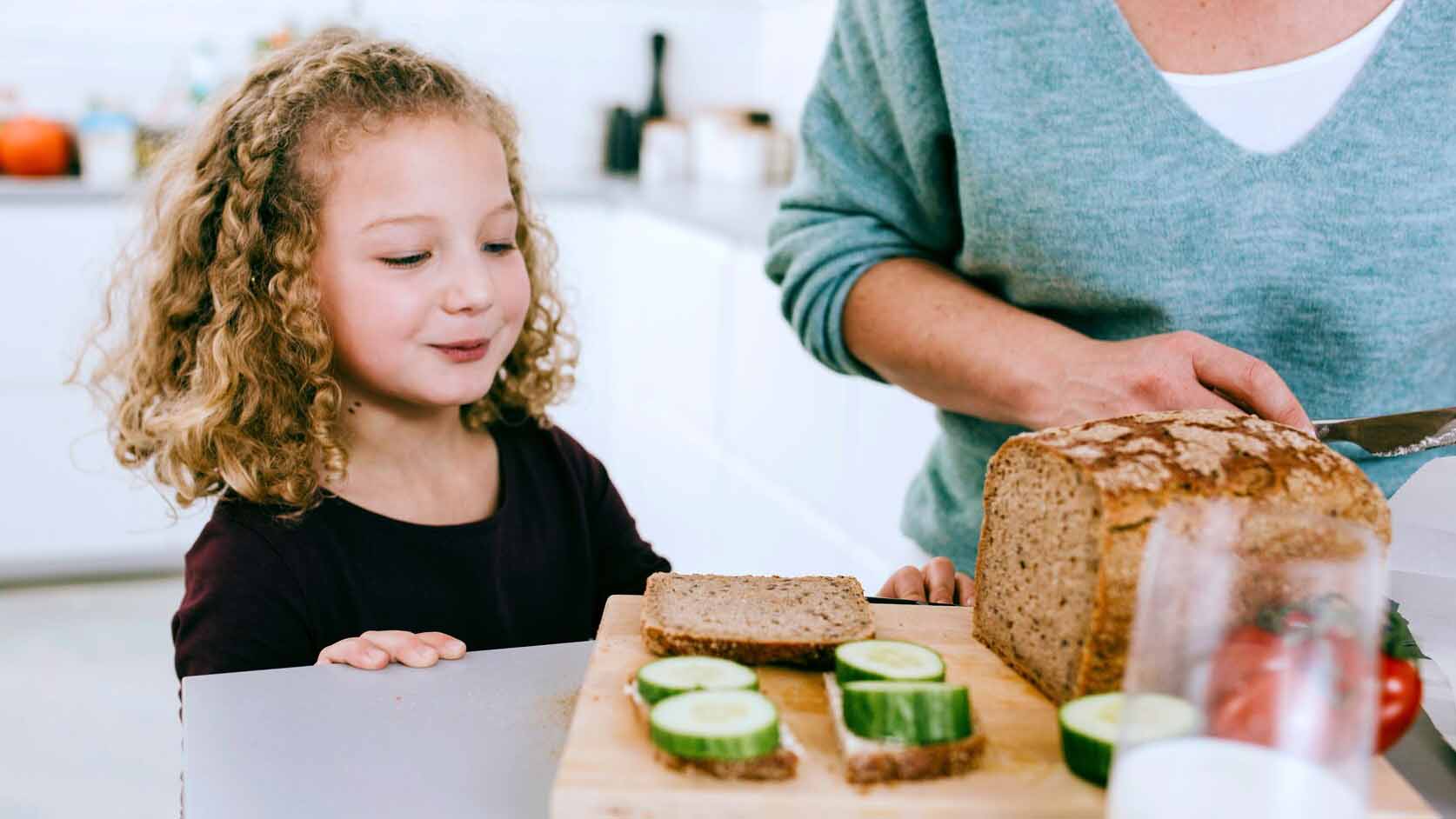How to talk to your kids about COVID-19


With summer upon us, your kids may be wondering why things are so different this year, why they can’t hug their friends, why things are scary and uncertain. Everyone is dealing with the complicated emotions that the pandemic has stirred up, and that includes children. They may have lots of questions and they probably need more reassurance than usual. Here’s how to talk to them about COVID-19 and all the feelings that come with it.
“Many kids are scared, some about becoming sick themselves, but most about infecting their friends and family members. Kids want to be empowered to protect those around them, so even when they are frustrated with distancing rules, community closures, and the cancellation of school, camp and sports, they generally get it,” says pediatrician Dr. Cara Natterson, creator of the OOMASK.
It is important to acknowledge their feelings of frustration, however, she adds. “Don’t forget to acknowledge their disappointment about the cancellation of many things they looked forward to. But by the same token, don’t forget to put things into perspective and remind them of the gifts they have, particularly health.”
“Common feelings for kids include anxiety, worry, fear, overwhelm, and confusion. You may find your child having more tantrums,” says child development and sleep expert at Batelle, Megan Elizabeth Sedlacek (who goes by Miss Megan). “When a child can’t self-regulate easily or is lacking the language skills to express what is really on their mind, they will get overwhelmed.”
So how do you keep your children informed and comforted, without overwhelming or confusing them?
“All parents should educate their kids about coronavirus and the pandemic – good information is the key to prevention of further spread,” says Natterson. “However, the way parents talk to kids will differ by age.”
Natterson breaks it down into three general age groups:
Preschoolers: Discuss the big picture
You can say something along these lines: “There’s a new virus that’s causing some people to be sick; people get viruses all the time – in fact, you sometimes miss school when you have a cold caused by a virus. But this particular virus is making enough people sick that we are trying to change our behaviour to protect one another. That’s why we’ve been staying home and when we do go out, wearing masks, keeping ourselves apart from other people, and washing our hands well when we get home.”
Kindergarten to Grade 4 or 5: Start getting into specifics
For older children, it’s the same conversation with a bit more information: “There’s a new virus called COVID-19 that’s causing some people to be sick. It is passed from person to person when we cough, sneeze and even breathe on one another. The good news is that most kids your age do not get very ill when they are infected with this virus, but the bad news is that older people can. So that’s why we’ve been staying home and when we do go out, wearing masks, keeping ourselves apart from other people, and washing our hands well when we get home.”
Middle- and high-school: Dig into the details
“Read articles together about the virus, its spread and the symptoms of infection. Emphasize their social responsibility here – that when they follow distancing rules and wear masks, they are doing their part to limit viral spread and protect the people around them,” Natterson says.
Natterson encourages parents to set an example for their kids by following pandemic protocols. “Wear a mask when you leave the house, wash your hands thoroughly, and maintain physical distance. Also,” she adds, “find comfortable masks that won’t feel burdensome to wear.”
Miss Megan also suggests limiting children’s exposure to the news to lessen their anxiety.
“Stick to the facts,” she says, when you talk to them, “but tone it down so they don't internalize it and become overly stressed or worried.”
Keep tabs on emotional health – theirs, and yours
Emotional health is a big component here, Miss Megan explains.
“Empathize with your kids so they understand it’s normal to feel this way. Reassure them that COVID will pass and soon they will feel better. Since life may not go back to normal and this may be a new norm, it’s crucial to help young kids build the emotional resilience to cope in these unprecedented times.”
She adds it’s also important to keep tabs on your own emotional wellness, because “your anxiety and fears will likely be felt by your kids.”
By the same token, children will also pick up on the ideas you perpetuate, so Miss Megan says it’s important when talking about the pandemic to “make sure not to unintentionally discriminate or create social stigmas.”
Ways to help that go beyond talking
Young children in particular may also need more cuddles than usual, Miss Megan says. “Welcome their questions and use these cozy moments to remind them they are safe.”
Other ways to help your children express their feelings include role playing and art.
“Since learning is done best through play, you can role play with your child to understand how to keep safe, how hospitals are helping people,” Miss Megan says. “Some kids may enjoy drawing about the things they are thinking about. Just make sure to validate and support what they tell you – don’t shut them down.”
